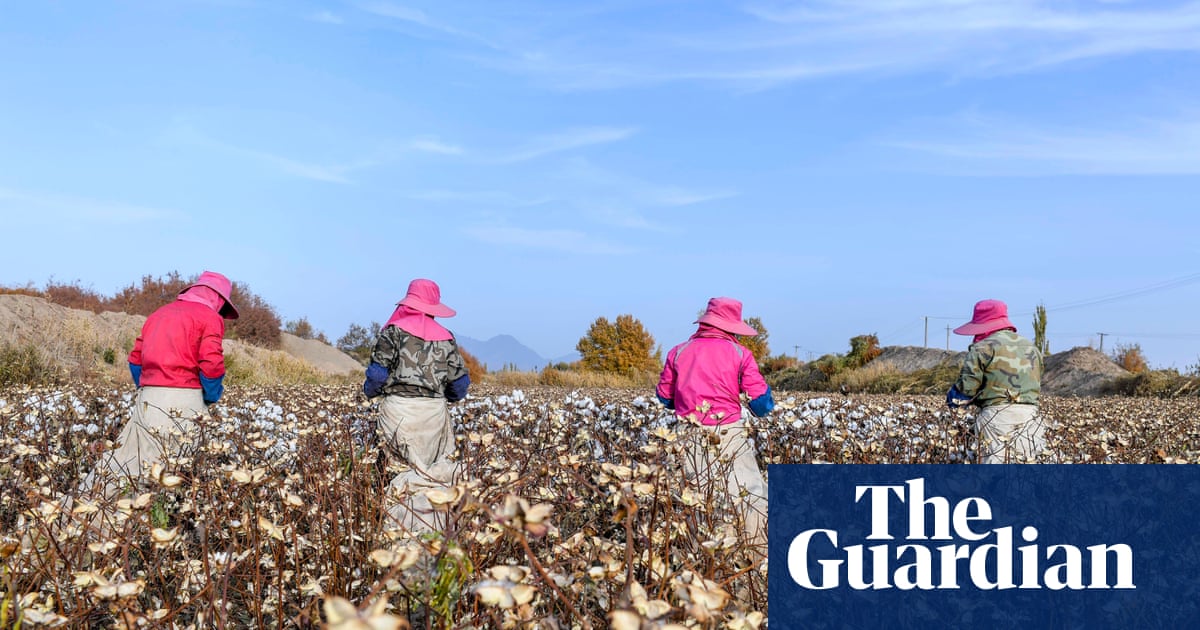
Xinjiang, a region of north-west China that is about three times the size of France, is an area that has become associated around the world with detention camps. The facilities are referred to by Beijing as vocational education and training centres. But critics say they are used to indoctrinate Uyghurs and other minority ethnic groups with the goal of transforming them into devotees of the Chinese Communist party.
After unrest in the region and a series of riots and violent attacks by Uyghur separatists between 2014 to 2017, the Chinese president, Xi Jinping, launched his Strike Hard Campaign Against Violent Terrorism, leading to the establishment of the camps. The UN has estimated that since then about 1 million people have been detained in these extrajudicial centres.
People who have spent time in the camps have reported a litany of abuses, including beatings and sexual violence. According to their testimonies, several of the centres also have forced labour facilities in the form of factories.
But forced labour in Xinjiang takes many forms, say experts, and is not just confined to the “re-education centres”. Prisoners are co-opted into labour – a feature of the criminal justice system across China. In 2019, a six-year-old girl in south London found a message that was apparently from a prisoner in Shanghai in a box of Tesco Christmas cards. In Xinjiang, the majority of prison labour happens in the agricultural sector, including cotton planting, harvesting and ginning, according to evidence submitted by Laura Murphy and Nyrola Elimä, researchers at Sheffield Hallam University, to the UN.
The risk uncovered by the Guardian and Follow the Money in relation to the Bachu biomass facility concerns a third type of forced labour, which is not as widely understood in the west: state-sponsored labour transfers.
Beijing describes these transfers as a poverty alleviation tool and they predate the Strike Hard campaign. The programmes work by identifying unemployed people in rural areas and transferring them to farms or factories in different locations where there is a need for workers. This happens within Xinjiang and from Xinjiang to other parts of China.
According to research by Murphy and Elimä, in impoverished areas at least one person per household is expected to participate in a labour transfer programme. The Xinjiang regional government says that about 2.6 million people have been employed through these initiatives. Many of these programmes, particularly in southern Xinjiang, are linked to the cotton industry. More than 80% of China’s cotton comes from Xinjiang.
In 2020, the Chinese government published a white paper defending many of these policies. Between 2018 and 2019, 155,000 people from poor households and farms “found employment outside of their hometowns and subsequently emerged from poverty”, said the government. The white paper also said that between 2014 and 2019, the average annual disposable income for rural residents increased from 8,724 yuan to 13,100 yuan.
However, last year, the UN rapporteur on slavery said that “indicators of forced labour” were present in “many” of China’s poverty alleviation programmes in Xinjiang.
The labour transfer programme has links to the more recent Strike Hard campaign. According to a 2017 government document about how to identify religious extremism in Xinjiang, refusal of government subsidies or assistance is a red flag. Being identified as a potential extremist is grounds to be sent to an internment camp. Uyghurs who have left Xinjiang and academics who study the region say that these programmes are not voluntary.
According to a report published by the UN’s human rights chief last year, “the close link between the labour schemes and the counter-‘extremism’ framework, including the VETC [Vocational Education and Training Centre] system, raises concerns in terms of the extent to which such programmes can be considered fully voluntary”. The Chinese government said the UN’s report was based on “disinformation and lies fabricated by anti-China forces”.
The Chinese government says the re-education centres were closed in 2019 and most of the students have graduated into stable employment. Journalists who have visited the region have found that many of the facilities appeared to be closed, but there are concerns the detainees have been transferred into the formal prison system rather than being released. In 2018, the number of criminal cases in Xinjiang increased by 25% compared with the previous five years; in 2019 the increase was just over 19%.












